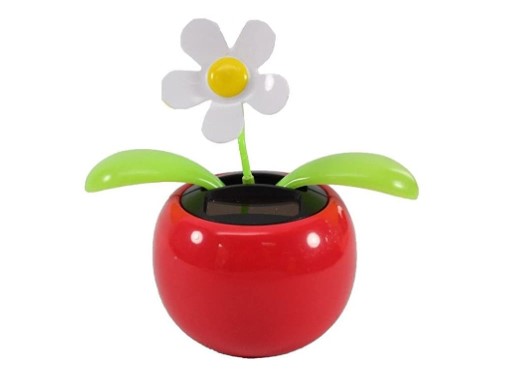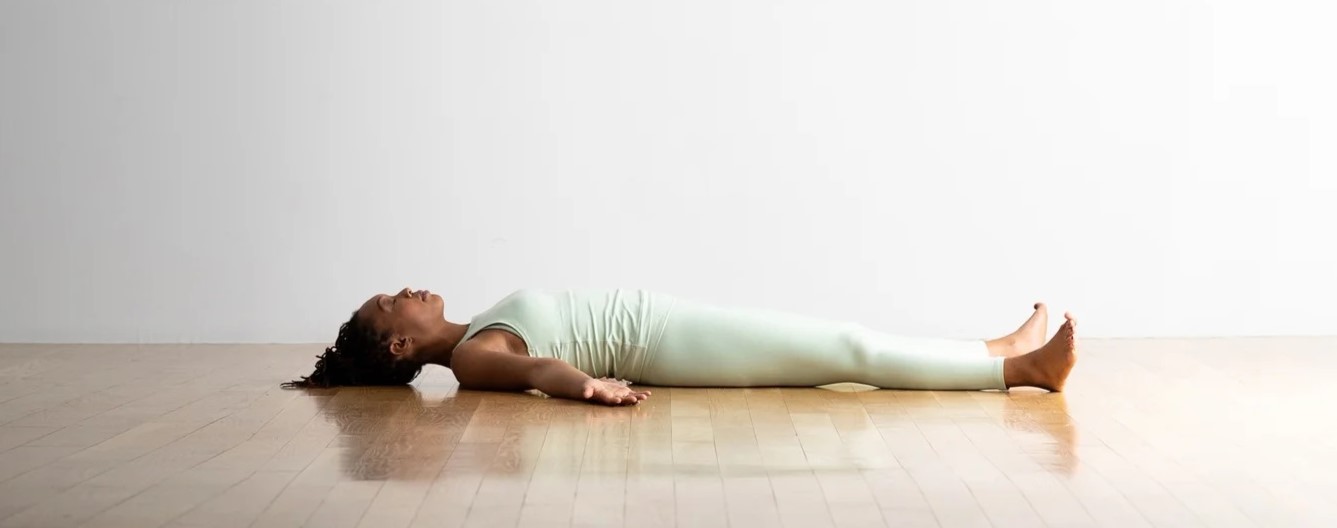
I will be 50 in less than a year. Even before my birthday in January, I renewed my commitment to health, wellness and self-care. These changes are honestly motivated by the fear of aging.
As a former D1 athlete, working out has always been a part of my life. As a child and young adult, I played team sports. In law school, I added regular running the hills of Oxford to intermural athletics. When my education was complete, I continued to run. It was my medication of choice while studying for the bar exam and learning to practice divorce law in my 20’s. I later began triathlon training, and got in the best shape of my life when I was in my late 30’s and early 40’s. However, an injury and COVID set me back. After years of deskwork, I gained weight because of a poor diet and very little regular movement, not to mention the intensity of high stress situations my growing law practice presented. Not surprisingly, my blood pressure ballooned silently.
When I finally became aware there was a problem, the desire to feel better and combat hypertension served as motivation to not just exercise, but to think about a wholistic approach to wellness. I have carried this over to my divorce practice and counsel clients about their vitality too. For myself, I have added meditation, deep tissue massage, hot-cold therapy and yoga to a weight program and the disciplines of triathlon training (swim, bike and run). I also take a variety of supplements and pay careful attention to most meals. I regret a yoga practice has only been a part of my life for a short time. If I could go to a class every day, I would. In fact, Rachel and I are beginning to explore options on YouTube to cultivate our practice at home.
Plenty has been written about the value of yoga. I am certainly a beginner yogi, having only splashed ankle deep into the ocean of this ancient practice. There are lots of new terms to know, but the more I am getting into it, I am slowly but surely picking up on some of the terminology and the “flow” of a good session. Recently I learned that the word “savasana”, which I have heard in almost every class, is another word for the corpse pose. After a full routine of reaching and stretching and twisting, the skilled yoga instructor will move you onto your back for a final series of movements until you fall motionless into a state of total relaxation with attention, which is a memento mori (reminder of the inevitability of death) when we slip away from our bodies.
According to a November 15, 2013 article in Yoga Journal:
When you first start practicing Corpse Pose, it can be a struggle to relax in the pose; you may lie there feeling tense and staring at the ceiling. Or, like some students, you might fall asleep the moment you lie down. The essence of Corpse Pose is to relax with attention. In other words, to remain conscious and alert while still being at ease. Remaining aware while relaxing can help you begin to notice and release long-held tensions in your body and mind.
Savasana is a practice of gradually relaxing one body part at a time, one muscle at a time, and one thought at a time. When you do this practice day after day, it conditions the body to release stress. It can also improve your sense of physical and emotional well-being. But when you have allowed tightness and tension to build up in your body, relaxing—even when you lie down—feels impossible. That’s why it’s important to practice the other, active asanas before attempting Savasana because they stretch, open, and release tension in the muscles. They also help relax the diaphragm, so the breath can move freely.
In the book The Tools, Phil Stutz and Barry Michels describe a visualization tool they call Jeopardy like this:
Imagine you can see far into the future. See yourself lying on your deathbed. This older self knows how crucial the present moment is, because he’s run out of them. You see him rouse from his bed and scream at you not to waste the present moment. You feel a deep, hidden fear that you’ve been squandering your life. This creates an urgent pressure (to corrective action).
Death can remind us to live. A yoga class is a metaphor for life. We bend and stretch and reach and manipulate ourselves before the climax of the stillness of savasana—where the physical struggle is over and all that is left is consciousness. Indeed, we are physical beings preparing for a spiritual existence. Taking time to train for the quiet stillness, surrender and peace transcending this life is essential for wholeness.
When I arrived in Dad’s room on the last day of his life, two caretakers from the facility were making him appear comfortable. A chair was next to his bed. His roommate was somewhere else. The sheets had been changed and were extra white. Dad had an oxygen mask over his nose and mouth held in place by little green straps around his ears. His skin was pale, but not as much as you would think. He looked clean, which was not always the case the last six months of his life. He was breathing almost completely through his mouth, as if he were trying to catch his breath after a long race. The hospice worker said this type of breathing could last a few hours or a few days, but in her opinion, we were close to the end.
Daddy didn’t seem like he was in pain or distress, other than his irregular breathing, which was a bit unnerving. I told the facility he would not be going to the emergency room today, and I settled in to be with him. The little solar powered plastic potted flower he liked to look at rocked back and forth in the window seal, faster than the rhythm of his breathing. I held his hand and thought about the life he had lived. We had said, “I love you”, more in the last two years than in the prior thirty, but I said it again and again and again. I called my wife and let her know. I called my brothers too, and finally the uncle who was closest to my dad’s age. Then with only a look, I reassured Daddy I would be there, praying quietly to myself God would take him gracefully. I felt like we were not alone in the room, although everyone else had left.
When Rachel arrived and saw Daddy, she started crying. Unlike me, she is immediately in tuned to any environment she enters. Not long after, a few of my aunts and uncles arrived. Uncle Albert kept trying to make sure Daddy’s oxygen mask stayed on his mouth and nose, adjusting the straps around his ears. I tried to make small talk in the now full room of people, but it was forced and awkward. My Dad’s baby sister held his hand and kissed his head. As the buzz of family in the room grew, Daddy took one final breath before his breathing stopped. Silence. It was beautiful.
Savasana.
Craig Robertson is the founder of Robertson + Easterling. For over 20 years, he has practiced exclusively high net worth divorce and complicated family law in Mississippi. You will want him in your corner because he believes every case is his most important, and he knows the things you care about deeply are at stake –family, safety, and security. He values family, health, wellness and creativity.





